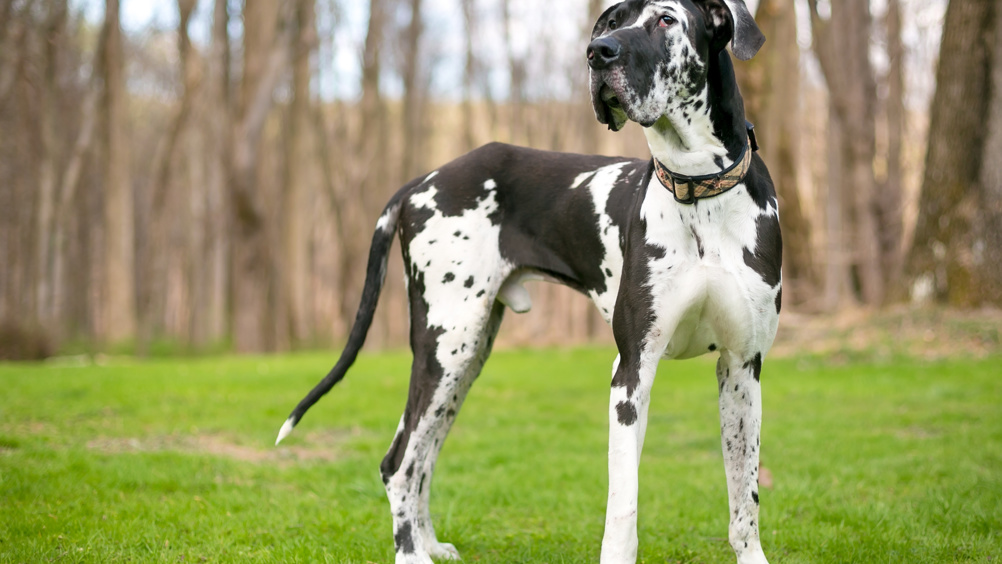References
Ultrasound-guided blockade of the dorsal nerve of the penis in a Great Dane

Abstract
This report describes an approach to regional anaesthesia of the dorsal nerves of the penis in a Great Dane, as part of an anaesthetic protocol for surgical urethral resection and anastomosis. Bupivacaine (0.5%) was infiltrated around the left and right dorsal nerves of the penis, with ultrasound guidance. The locoregional approach was trans-perineal, with the ultrasound probe orientated at a right angle to the anus, at the level of the ischial symphysis. The described technique provided good visualisation of the urethra and dorsal arteries of the penis. No adverse events relating to the nerve blockade were encountered and no additional analgesia, other than the methadone premedication, was required intra-operatively. The locoregional approach was subsequently repeated on a cadaver using the same technique and, on dissection, demonstrated deposition of injectate next to the target neurovascular bundles. The technique described may provide a simple method of distal penile anaesthesia in the dog, where ultrasound is available.
Locoregional anaesthesia of the pudendal nerves and their branches has been described in a variety of species for surgical procedures of the genitalia (Edwards, 2001; Perkins et al, 2003; Adami et al, 2014; Fazili et al, 2016; Gallacher et al, 2016). The pudendal nerves arise bilaterally from the ventral branches of the three sacral nerves that constitute the sacral plexus (Bailey et al, 1988). The left and right pudendal nerves exit the pelvis caudally at the pelvic outlet. In males, these nerves continue as the left and right dorsal nerves of the penis, which course caudally over the dorsal aspect of the ischiatic symphysis either side of the midline urethra (Evans and de Lahunta, 2013). Each dorsal nerve of the penis is closely associated with the corresponding penile artery and vein, together providing the main sensory afferent innervation of the penis (Evans and de Lahunta, 2013). The caudal rectal and perineal nerves branch off the pudendal nerves more proximally at the level of the pelvic outlet, providing sensory and motor innervation to the external anal sphincter, perineum and proximal penis (Evans and de Lahunta, 2013).
Register now to continue reading
Thank you for visiting UK-VET Companion Animal and reading some of our peer-reviewed content for veterinary professionals. To continue reading this article, please register today.
